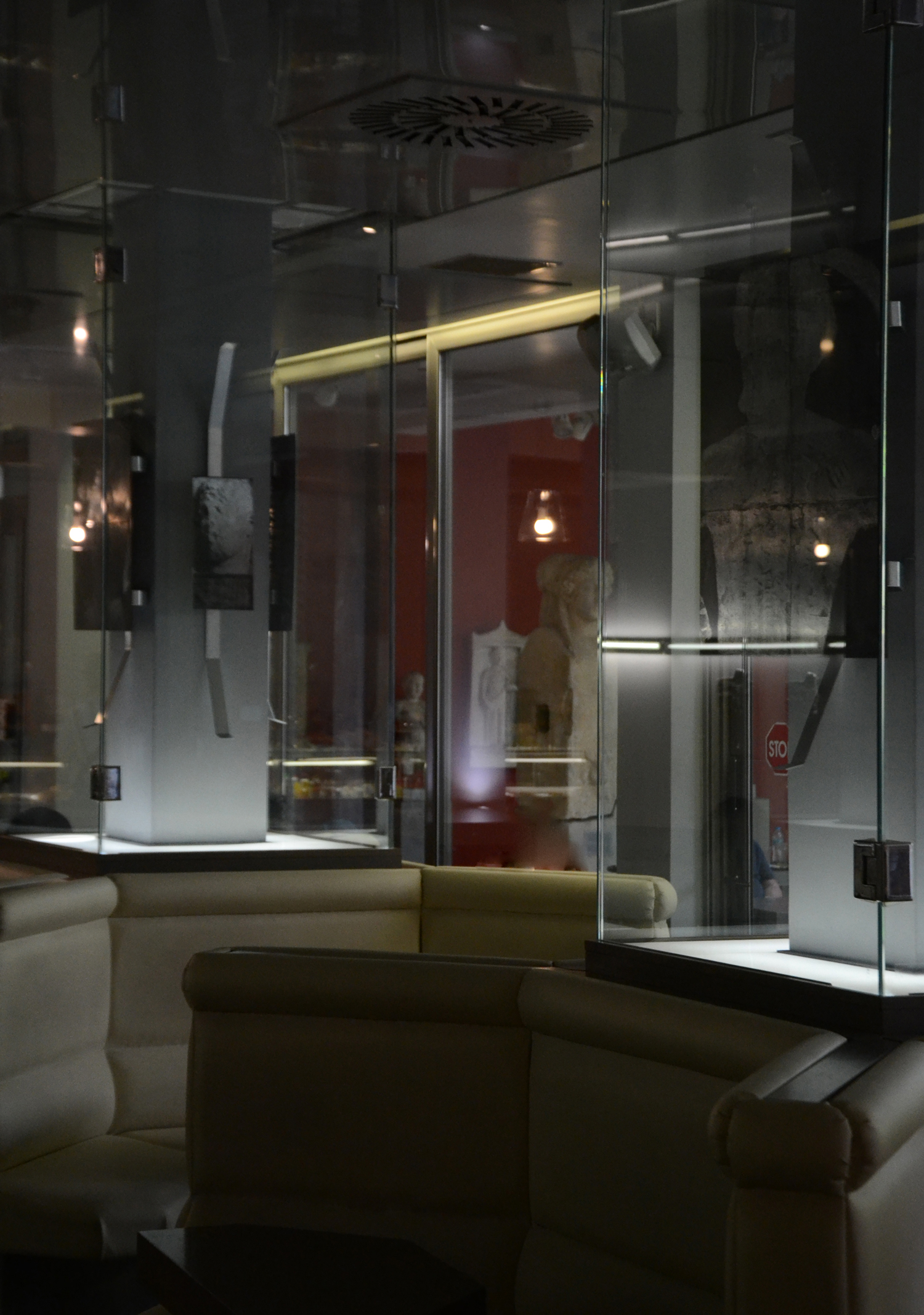D.T. constructs a network of aluminum sheets on which he supports
images of Aboriginal and cannibalized ancient Greek sculptures. The composition of
these seemingly unrelated cultural sites began by observing the similarities between the
carvings/grooves on the bodies of the Aboriginals and the corresponding cracks on the
surfaces of the ancient Greek sculptures caused by religious conflicts and invasions of
antiquity. The carvings, the grooves are once again interpreted as traces of a pain to
which we no longer have access. The ritual practices that caused them have now been
replaced by microsurgical cosmetics. These marks now appear as monuments of a past
relationship between vulnerability and resilience. As they resonate on the body of the
other, they invite us to imagine rites of passage, transition, inclusion, empowerment, and
liberation. Tampakis' work utilizes engraving on metal as a material translation of
corporeal carving, composing a future ode to ritualistic pain. Text by Kostis Stafylakis
![]()
![]()
![]()
![]()
![]()
![]()
![]()
![]()
![]()




